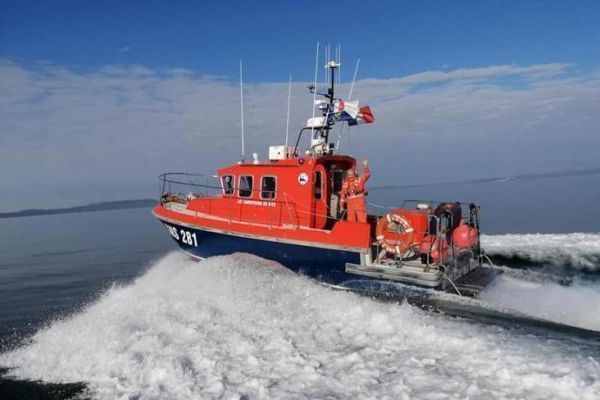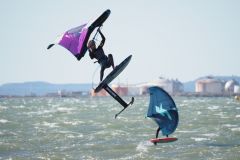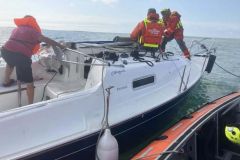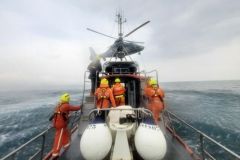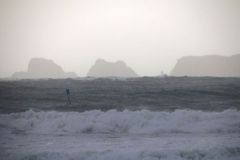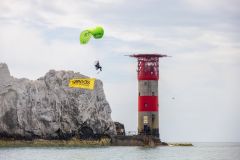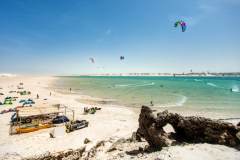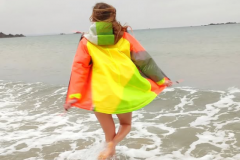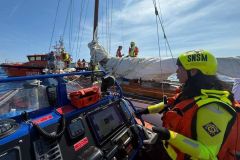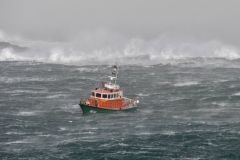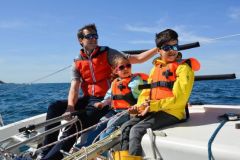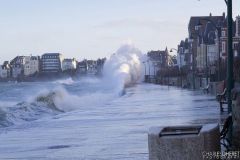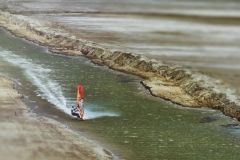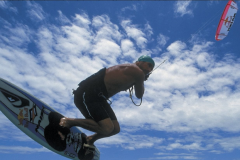An autumn kite session
This October, a 20-25 knot easterly wind attracted a few kite-surfers to the popular Jaï beach. After a few tacks, an experienced 68-year-old kiteboarder suffered damage to his kite, preventing him from returning to his starting point. The wind blew him away from the beach. He decides to jettison his faulty kite and hang on to his board, which has little buoyancy but serves as a support.
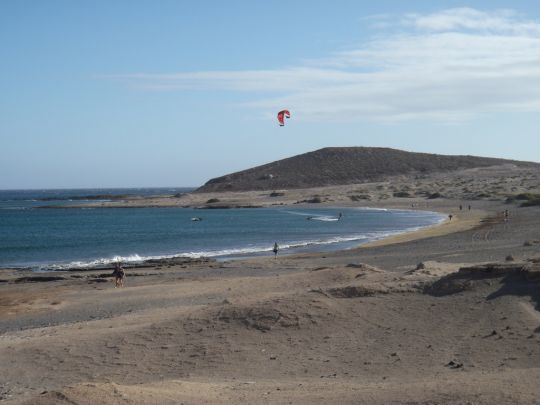
Major resources mobilized
At the same time, a member of a local kite surfing association raised the alarm. Concerned about the presence of his equipment on the beach and his car still in the parking lot at nightfall, he contacted the emergency services to launch a search. Emmanuelle Maffeot, who led the operation from Cross Med, describes the circumstances:
"A micro-leak caused the wing to deflate very slowly, eventually losing its rigidity, and then falling into the water, with no way of returning it. Once the alert was given, we mobilized major resources: two helicopters, the SNSM of Martigues and land-based resources set to work at the beginning of the night".
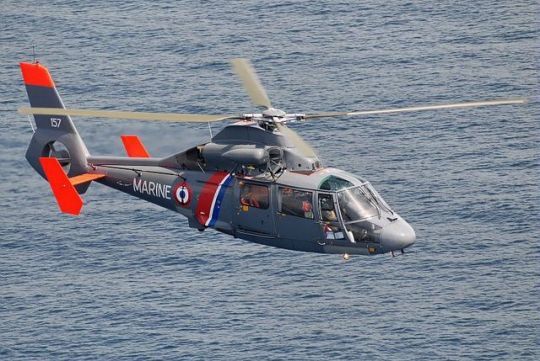
Patrick Pombo, head of the Martigues SNSM, tells us about this intervention:
"As soon as the alert was sent out, we went out with our launch to clear the area. The gale had kicked up waves of almost 3 meters. It was sport. We started the search with the thermal camera, but it turned up nothing. We spent several hours being buffeted along the north shore of the pond.
10H swim
Meanwhile, the kite surfer continues his slow drift to the north of the pond, alternating between resting and swimming on the board. An accomplished sportsman, he's in excellent physical condition. And he's no newcomer to water sports. After 9 hours of swimming, he finally lands on the beach at Saint Chamas, some ten kilometers from his starting point. It was 2am. He was disoriented, tired, but alive.
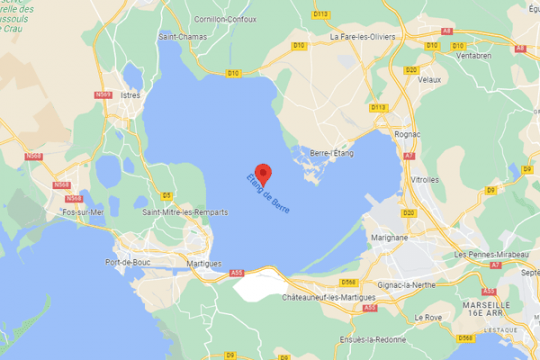
He paced up and down the shoreline, which, logically, is not very busy at this late hour. After a quarter of an hour, he managed to stop a car, which alerted the emergency services. The man was transferred to Lavéran hospital for examination.
The 30 or so rescue workers were given free rein.
What lessons can we learn?
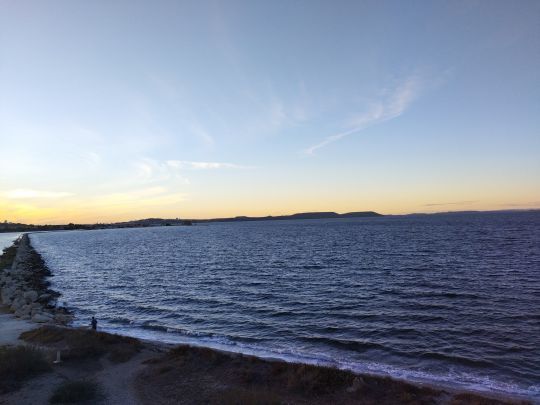
This experienced 60-year-old had set off in a 5/4 winter wetsuit, which probably saved his life. With such thermal protection, he avoided hypothermia, which would have quickly set in if he'd gone sailing in a summer shorty or neoprene.
Knowing the risks, he had also set off with a waterproof cell phone. Alas, he was unable to make a call when he found himself in distress. Worse still, the phone was a model with a 9-key keypad. With this old-fashioned equipment, it was impossible for the rescuers to geolocate. Only smartphones can provide precise, passive markers. If he'd had a model of this type, rescuers would have concentrated their efforts on a precise area, and might have found him. It wasn't until the rescue services requisitioned his operator that they were able to obtain a vague demarcation of the phone to the north of the pond. But the area was still too large.
Finally, the man was equipped with a fluorescent helmet, but this was not enough to facilitate the search in these harsh conditions. Only a flashlight or a cyalum really makes a difference in the search for a man overboard. This equipment, which costs around ten euros and takes up very little space, is an essential part of any outing, especially at the end of the day and in sustained conditions.
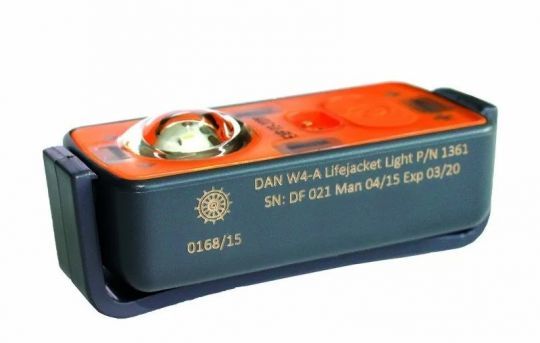

 /
/ 